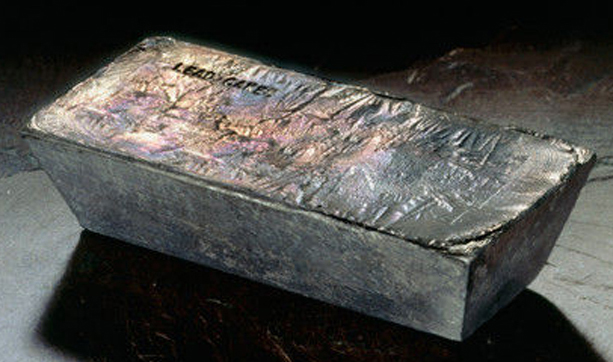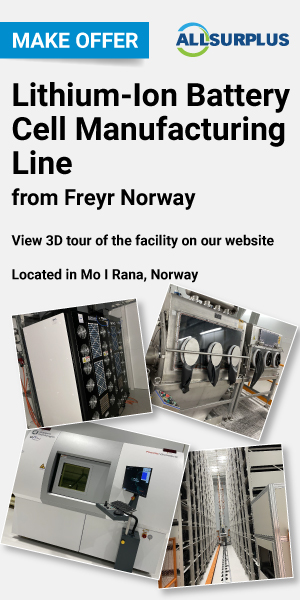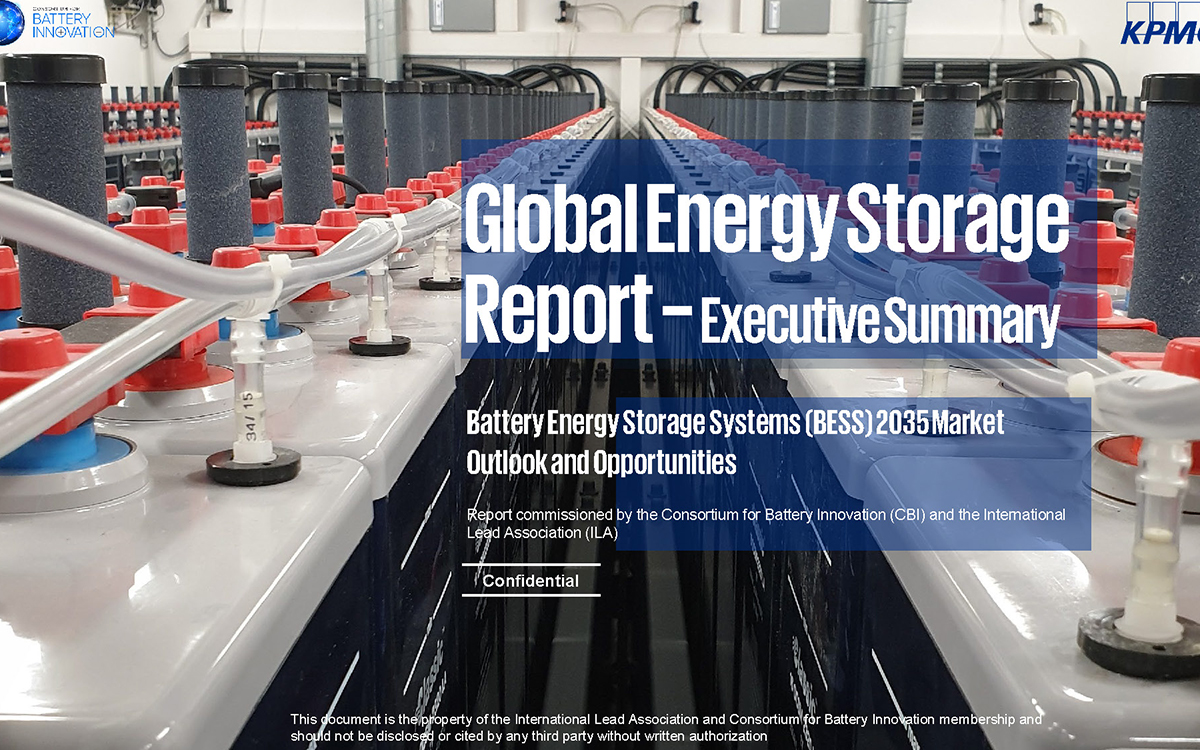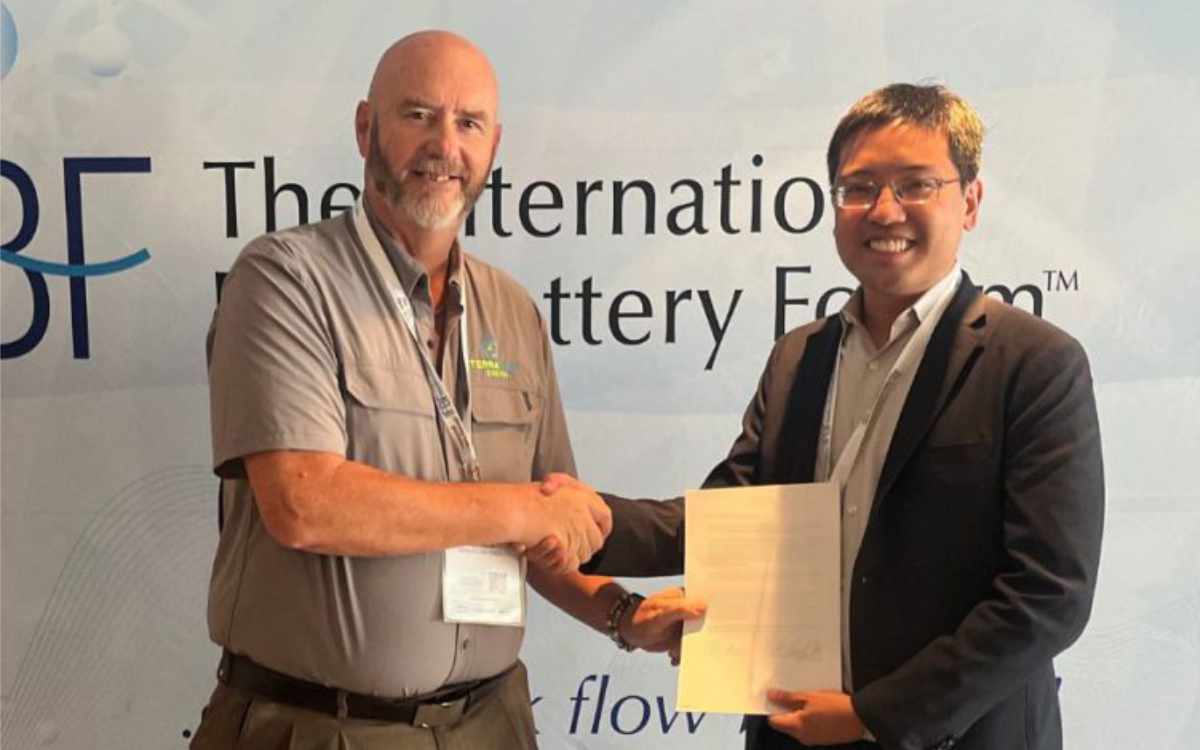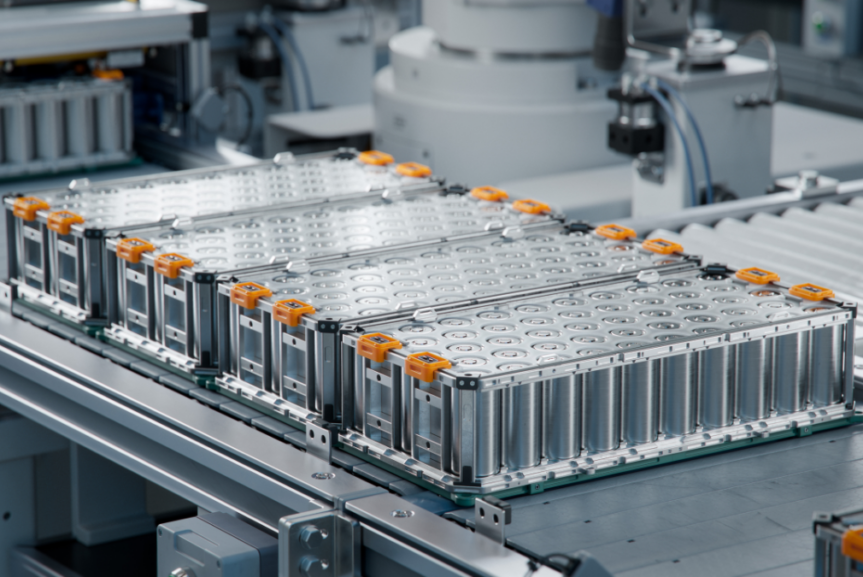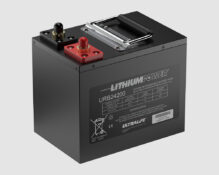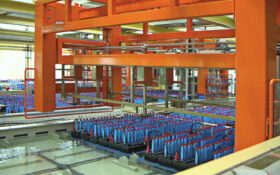In the second of his series on making lead-acid batteries, Consultant Mike McDonagh takes a critical look on the process of fabricating battery plates.
There is a school of thought which believes that our modern world's dependency on technology and energy relies upon methods of torturing nature into submission to get what we need. If that is true, then the lead-acid battery has to be the most perfect format for nature to gain her revenge.
It is difficult to understand how an almost inert material with one of the highest physical densities and . . .
to continue reading this article...
Sign up to any Premium subscription to continue reading
To read this article, and get access to all the Premium content on bestmag.co.uk, sign up for a Premium subscription.
view subscription optionsAlready Subscribed? Log In

